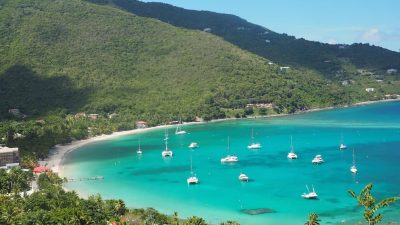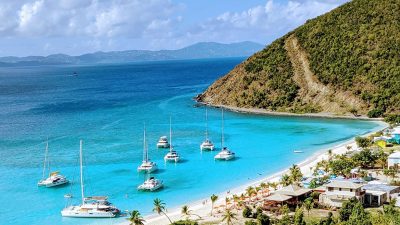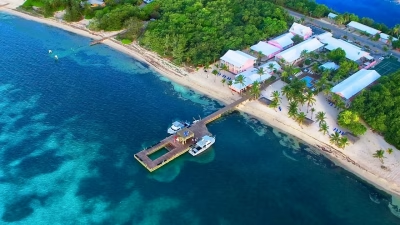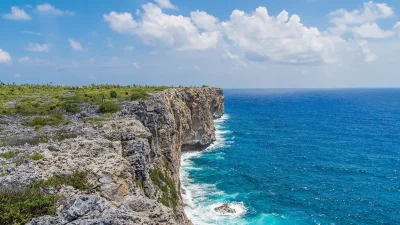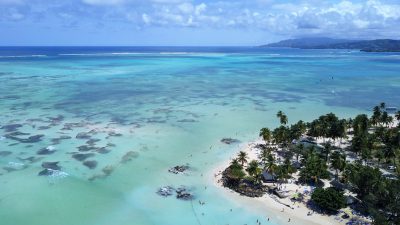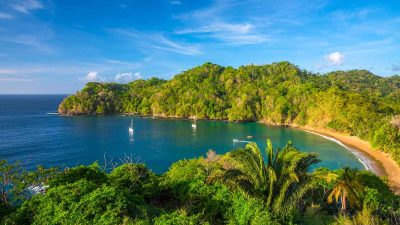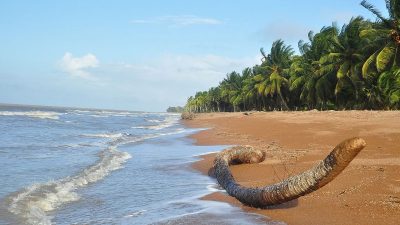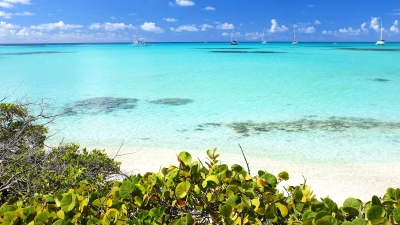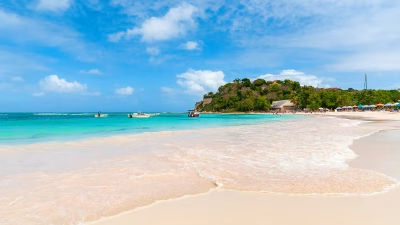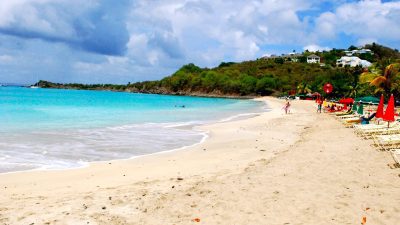Snorkeling Mangel Halto in Aruba offers some of the most stunning coral reefs and marine life on the island—but it’s not a one-size-fits-all destination, especially for families. While the outer reef boasts vibrant underwater scenery and abundant fish life, strong currents and exposure make it better suited for advanced snorkelers. For parents visiting with kids or beginner snorkelers, understanding the safest entry points and weather conditions is essential. This family-friendly guide to snorkeling Mangel Halto breaks down everything you need to know—whether you’re planning a beginner snorkel close to shore or a one-way drift from Puerto Chiquito.
Snorkeling at Mangel Halto is often ranked among the best in Aruba thanks to its vibrant coral reefs, clear waters, and incredible marine life. However, it’s also one of the more advanced snorkeling sites on the island—especially outside the reef where the healthiest corals live. For families traveling with kids or beginner snorkelers, knowing where to go, when to go, and how to stay safe is crucial. In this guide, you’ll learn about water conditions, family-friendly entrance points, drift snorkeling options, and tips to help make your snorkeling adventure at Mangel Halto safe and memorable.
Is Mangel Halto Good for Families?
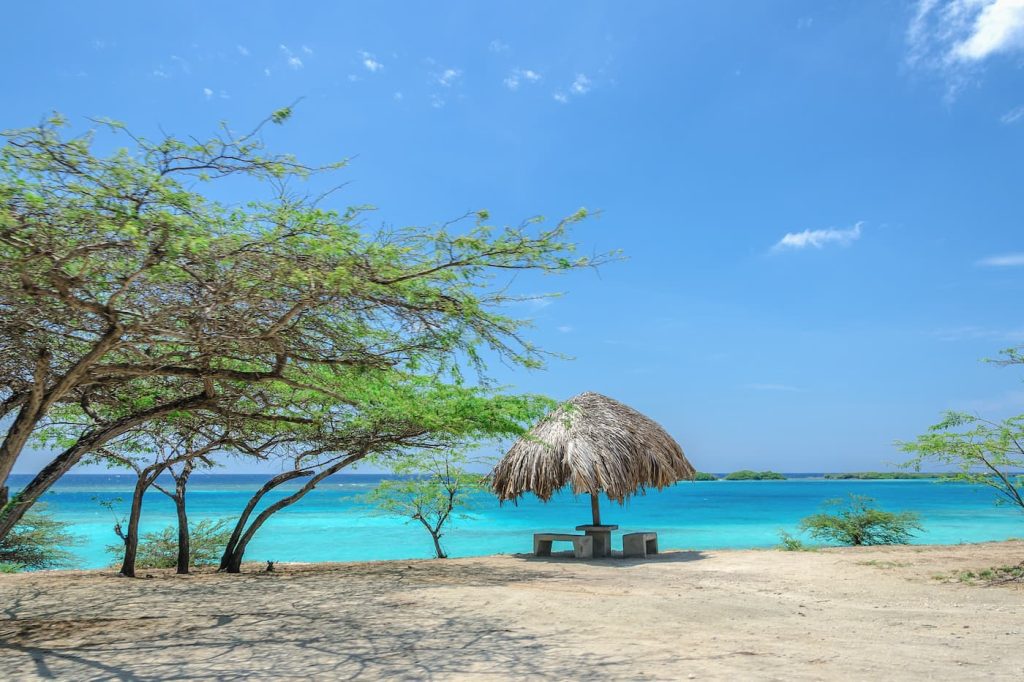
Yes—with caution. Mangel Halto has both beginner-friendly areas inside the bay and more advanced snorkeling opportunities outside the reef. The outer reef has strong currents and boat traffic, so it’s only suitable for experienced snorkelers and strong swimmers. For families with young children or those new to snorkeling, staying inside the bay is recommended.
Quick Safety Overview for Families:
- Stick to the bay if your kids are new to snorkeling.
- Avoid the reef cuts during windy conditions or strong currents.
- Watch for boats in reef openings and across the bay.
- Check wind conditions before heading out (lower wind = safer snorkeling).
- Use fins and flotation gear for added safety.
Water Entry Points at Mangel Halto
There are three main access points to the water. Some are more suitable for families than others.
1. The Dock Ladder – Best for Beginners
This is the most popular and easiest option for families with kids. A small dock in the corner of the bay has a ladder leading into shallow, sandy-bottomed water. Kids can wade in and parents can easily help them put on fins when ready. Leave your shoes on the dock and follow the sandy trail out to deeper water before starting your snorkel.
2. Mangrove Beach Entrance
You can walk a trail through mangroves to reach a beach area where you’ll find another shallow-water entrance. This route is closer to the reef cuts, but the bottom is rocky—water shoes are a must. Families with older kids who are strong swimmers may use this entrance to explore the inside edges of the reef.
3. Puerto Chiquito Drift Snorkel Entrance – For Advanced Families
For confident snorkelers with older children, you can begin your snorkel farther south at Puerto Chiquito and drift with the current toward Mangel Halto. You’ll enter the bay through one of two reef cuts and exit at either the dock or mangrove area. This method takes advantage of the natural current and reduces swimming effort, but does require solid navigation and swimming skills. Not ideal for younger kids.
Where to Snorkel at Mangel Halto
Inside the Bay – Best for Kids and Beginners
The inner bay is the safest area for children and novice snorkelers. Near the dock, you’ll find sandy bottom areas with patches of coral, small fish, and other sea life. It’s shallow and calm, although there may still be a mild current. The closer you get to the reef cuts or center of the bay, the stronger the current becomes—so stay close to the dock and monitor your kids closely.
Even staying within the bay, families can enjoy spotting tropical fish, sea urchins, and coral outcroppings without venturing into deeper or riskier areas.
Near the Cuts – Intermediate Experience Needed
For more confident swimmers, you can explore the shallows just before the reef cuts. There’s a little more coral growth and fish activity here, but the current increases as you get closer to the reef breaks. Visibility is generally good, but can become cloudy if wind and waves pick up.
Outside the Reef – Advanced Only
The most beautiful snorkeling is beyond the two reef cuts, where you’ll find a large, healthy reef full of hard and soft corals, schools of tropical fish, and dramatic underwater landscapes. However, reaching this area requires swimming through a reef cut—often against a strong current—and navigating potential boat traffic.
Important note for families: This outer section is only for advanced snorkelers. Even experienced adults should check wind conditions and plan carefully.
The Drift Snorkel: Puerto Chiquito to Mangel Halto
This is considered one of the best snorkel experiences in Aruba—but only for confident swimmers. Here’s how it works:
- Start at Puerto Chiquito, a few hundred yards south of Mangel Halto.
- Enter the water and drift north along the coastline with the current.
- Stay outside the reef until you see the white buoy marking one of the reef cuts.
- Enter through the cut and swim back into the bay.
- Exit at either the dock ladder or the mangrove beach.
This drift is a long swim, but manageable with the current helping you along. Still, families should avoid this route unless everyone in the group is a confident snorkeler and conditions are very calm.
Video of Snorkeling at Mangel Halto
Tips for Snorkeling Mangel Halto with Kids
- Bring flotation gear (snorkel vests or pool noodles) for added safety and comfort.
- Use reef-safe sunscreen to protect both skin and the coral ecosystem.
- Plan your snorkel in the morning, when winds and currents tend to be calmer.
- Pack water shoes—some areas have rocky or uneven entry points.
- Always watch for boats, especially near reef cuts and open water.
- Check local conditions on wind and waves before heading out.
What You’ll See Underwater
- Inside the Bay: Sandy bottoms, patches of coral, damselfish, gobies, sea urchins, and occasionally a sea star or two.
- Near the Cuts: More concentrated coral growth, small schools of fish, some brain and fire corals.
- Outside the Reef: Extensive coral gardens, parrotfish, tangs, angelfish, and excellent visibility when calm.
When Is the Best Time to Snorkel Mangel Halto?
- Calm Weather Days: Look for low wind forecasts and gentle wave activity.
- Morning Hours: Winds pick up in the afternoon, making mornings ideal for calmer waters.
- Avoid High Tide and Windy Days if you’re with kids or staying in the bay.
Final Thoughts: Should Families Snorkel Mangel Halto?
Absolutely—but with the right expectations. Mangel Halto offers something for every skill level, but it’s crucial to respect the water conditions and avoid pushing past comfort zones, especially with kids. The inside bay is calm, shallow, and a great place for younger children to build confidence snorkeling. The outer reef is an exciting destination for experienced swimmers when conditions are ideal.
Planning your Aruba family trip? These guides can help you make the most of your time on the island:
- Aruba with Kids: Family Travel Guide
- Best Restaurants in Aruba
- Best Snorkeling in Aruba for Families
- Kid-Friendly Hikes in Aruba
Check out our ranked family travel lists for Aruba:
- Best Things to Do in Aruba with Kids (Ranked)
- Best Family Beaches in Aruba (Ranked)
- Best Family Stays in Aruba (Ranked)
For more general travel info, visit the Wikivoyage page on Aruba.

